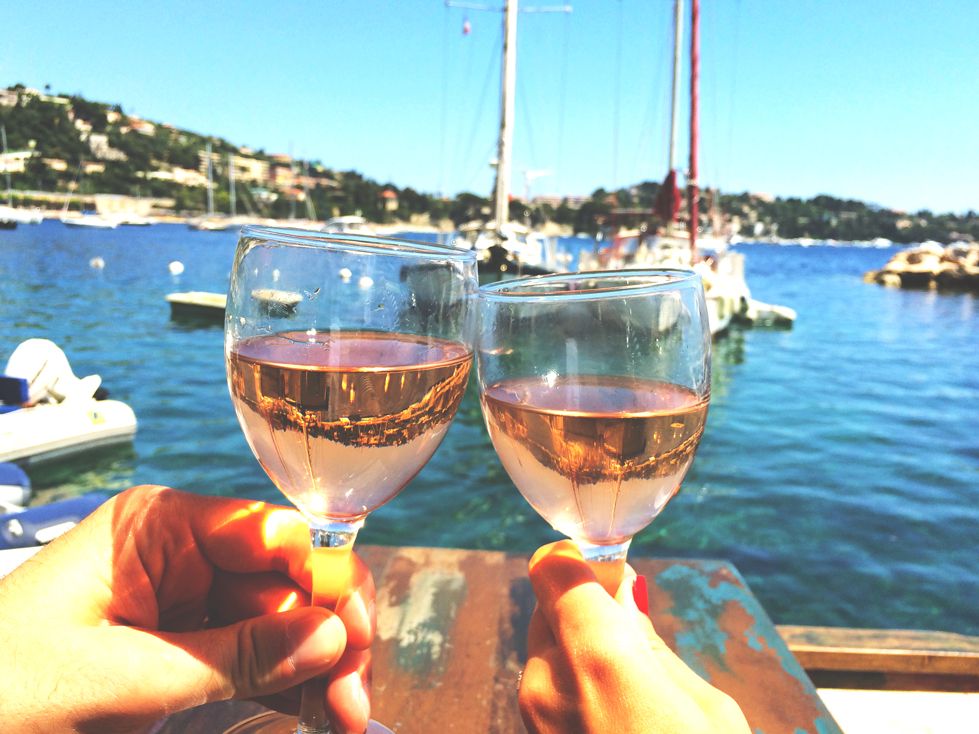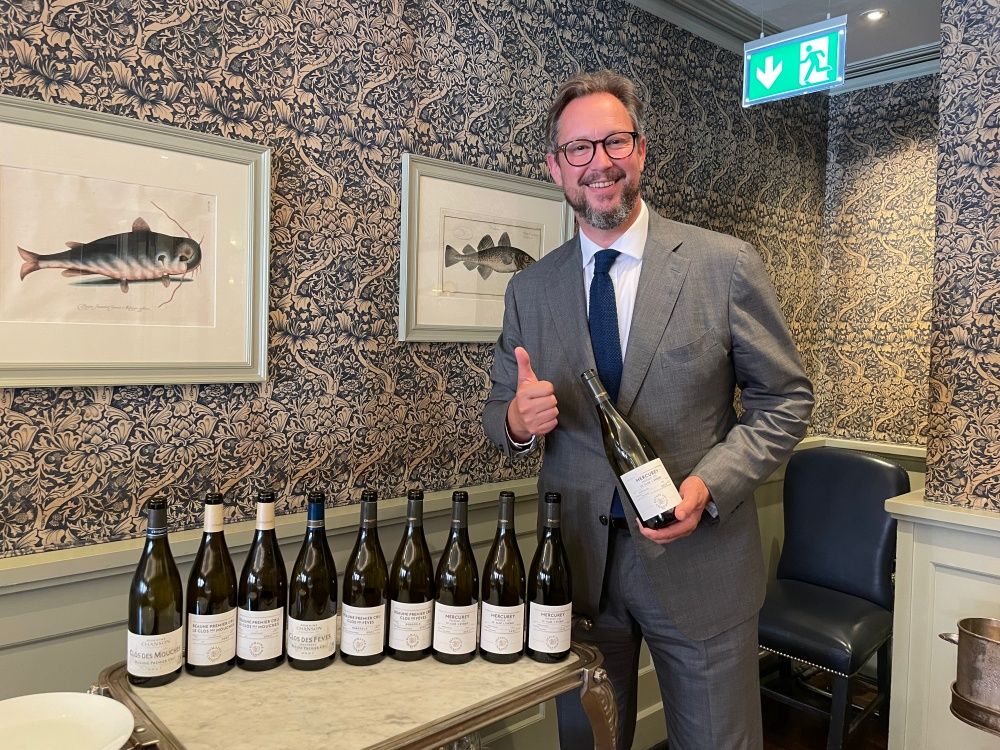However you like your rosé the fact you are drinking it is helping to drive innovation and growth of rosé production around the world. But for an increasing number of drinkers when it comes to rosé, the paler and the more French, particularly from the south, the better.
As a journalist you get used to writing under pressure. In fact you thrive on it. The last thing you want is a week to turn around a piece. You’re trained to handle material quickly, disseminate facts and quotes and turn them in to coherent, attention grabbing news stories and features.
But throw a questionnaire at me and I am all fingers and thumbs. I’m not sure how these celebrities turn round those multiple choice questions you see in newspapers and magazines. What’s your favourite food, piece of music, book, author, film, restaurant, bar? Ugh. They must have well informed staff who can come up with interesting replies that make you sound like you know what you’re talking about.
It’s the same with wine. Name your favourite style of wine? Think about it long enough and gets harder to do. Yes, with red and white wine you can drill down in to different grape varieties and regions to help you be more specific about what you like, but with rosé it is a lot less clear.
In fact it is a lot less about what grapes are in the bottle of rosé, but more about its colour and whether it is sweet or dry. Delving in to grapes and what makes up the blend is not something that normally dictates what makes one rosé become more popular than another.
The eyes have it
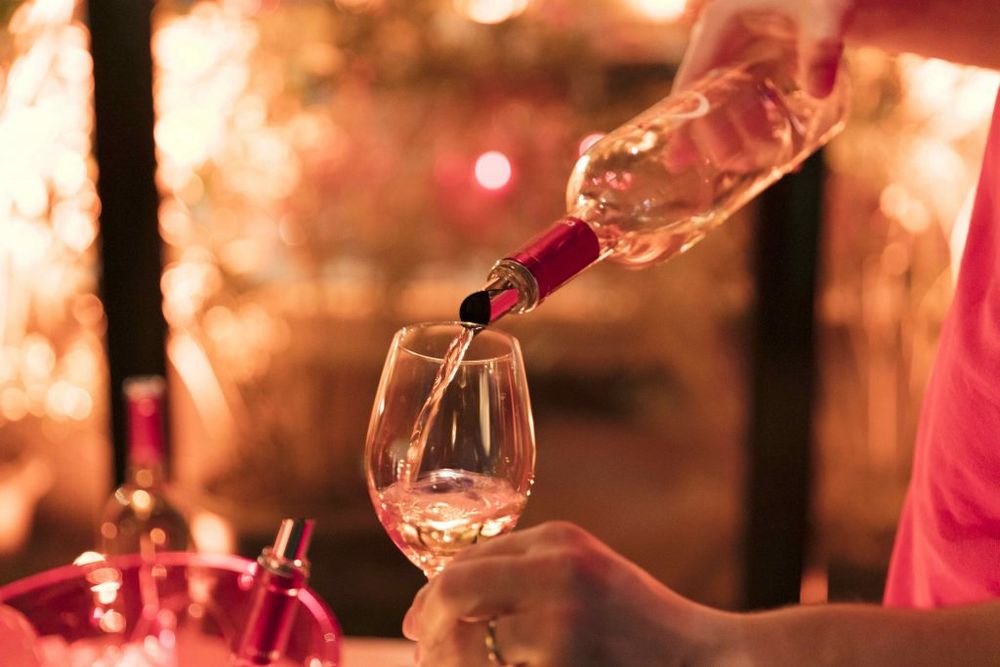
Decision making in the rosé category is very much done with the eyes, for it essentially splits in to two camps. The dark side and the light side with.
This is clearly a subjective choice. For every rosé drinker that wants to go as dark, and probably as sweet as pink can go, there are an increasing number who want their rosé to come as light and as dry as possible, with every which way in between.
The dark side is still largely taken up by the blush category, which is effectively everything that comes from the West coast of America and good old California. For years it has been the dominant rosé force on the high street, taking over tens of facings in most UK supermarkets, helping to create household brands along the way.
But the beauty of the rosé category over the last 10 years has been the number of alternative styles of rosé that have arrived in the market, each servicing a slightly different consumer and palate. In time, and as rosé consumers mature, we have seen the market drift more and more over to the paler, and drier, side of the equation. Still leaving many options for those with a sweeter tooth.
The category has also been helped by the huge rise in demand for all that fizzes in the glass with sparkling rosé and rosé style Champagnes taking a significant share of the overall booming fizz market.
What’s more, demand for certain coveted rosés has seen prices climb to levels reaching fine wine prices in some cases.
France is key for rosé
Conversely when the conversation switches to light, or pale pink rosés then we have to start and end with France, and Provence, in particular. Even more so when you consider France produces 34% of all rosé made in the world, of which 40% comes from Provence, making it the number one AOP region anywhere in the world (France Agrimer).
For all its supermarket listings the US is actually only responsible for around 15% of world production. Spain produces more at around 20% and Italy 11% (France Agrimer).
In fact, as we explored in the first article in the Castel Frères Rosé Project series, it is Provence that is the hero of the UK rosé category. In a market that is actually losing 7.5% of sales, Provence rosé is up 33% with French AOP rosé overall just behind with 20% growth (IRI).
Whether it is the lure of Riviera, the Cote d’Azur or the thought of bumping in to Brad Pitt down the local Co-op people are prepared to pay more for Provence rosé than a standard style – some £8.48 compared to £5.01 with French AOP rosés also high at £6.67 (IRI).
Provence is also working hard to push exports around the world with 25% growth in 2014 and 31% in 2015. Switching its focus away from just serving the French market, where 90% was consumed in 2007 to 21% exported in 2015 (France Agrimer).
Provence – the region
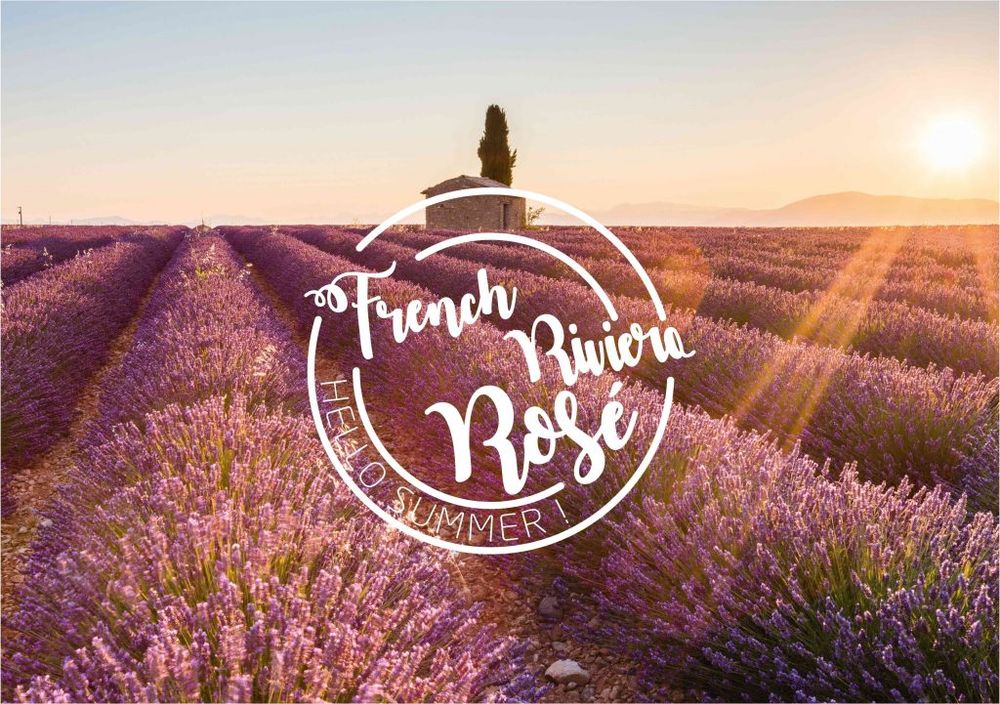
For Castel Frères it’s all about promoting the opportunities for rosé from the French Riviera
So what is about Provencal rose that consumers love so much? First up has to be its versatility.
Grown mostly across a region that enjoys long, hot summers, but equally benefits from being near the coast, it results in wines that might look pale, but still have strong fruit characteristics, plenty of bite and most importantly that freshness and acidity on the palate that make them so refreshing.
It makes them an ideal summer partner as they work so well with all types of food. Be it a hefty burger, chunky steak or light salad, seafood and pasta. With plenty of different styles of Provence rosé to suit each and any dish.
Making them a firm favourite on restaurant wine lists as they offer such versatility but at price points that keep both diners and operators happy.
Region by region
Well, we might talk about Provence as one big region, but it is actually split in to key areas such as:
- AOC Côte de Provence: This includes sub-regions Sainte Victoire, Fréjus, La Londe and Pierrefeu.Average production is over 800 h/l of which around 90% is rosé. Gravel and sandy clays dominate here and the vines grow though classic Mediterranean summers with hot sun and a strong Mistral wind.
- The Castel family owns the Château Cavalier. The estate is located next to Vidauban and produces a few cuvées which come in different combinations of Syrah and Grenache focused blends: Cuvée Marafiance is a traditional Provence blend with seven different varietals and Cuvée Grand Cavalier is seen as its food wine, ideal to pair with BBQ dishes and summer lunch dishes.
- Castel Frères is also represented in the region with the Masfleurey brand which is dedicated to the dedicated to the on-trade and independent wholesale channels. It is a wine that reflects the clean, mineral, fruit forward wines made in this region with a blend of 30% Grenache, 30% Cinsault, 30% Syrah, 5% Vermintino, and 5% Semillon.
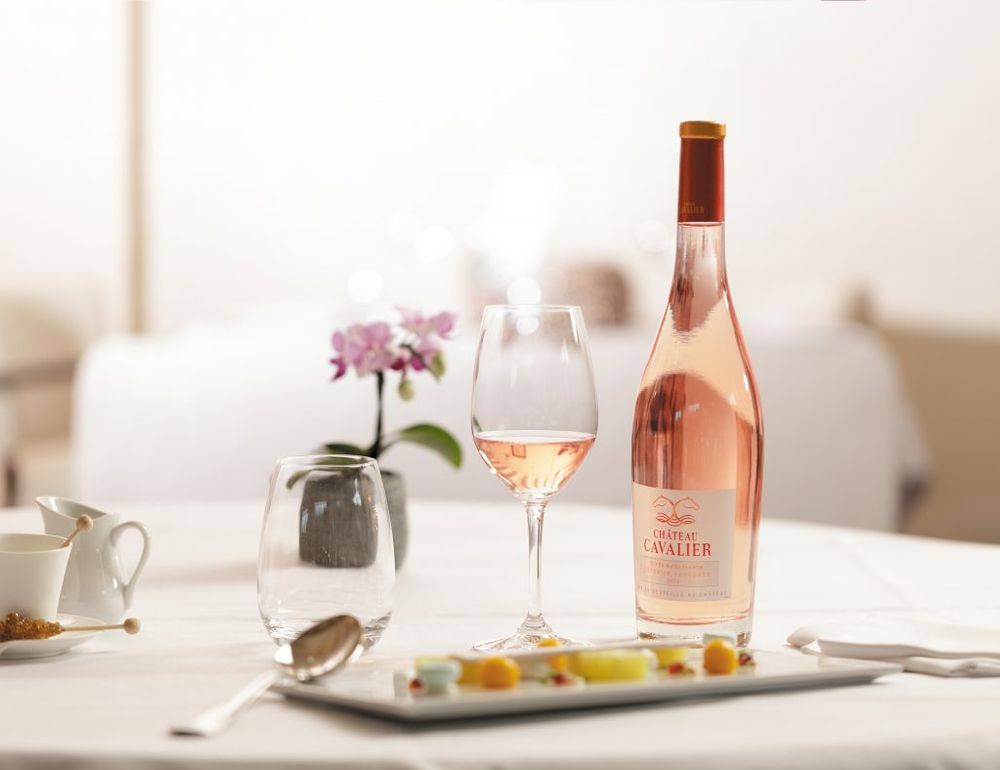
- Côte d’Aix en Provence: Annual production here is about 165,000 h/l of which 83% is rosé. It has a mix of soils including limestone, clay, sandy clay and molasses. Here the summers are hot and the Mistral is still strong and vines have to work well with limited water.
- Castel Fréres produces Cheval de Mer which is a blend of Cinsault 40%, Grenache 35% and Syrah 35% that produces the classic pale Provence pink rosé.
- Côteaux Varois de Provence: The heart of Provence rosé with 91% rosé production from its average 90,000 plus h/l production. The mountainous conditions mean there is more varied, seasonal weather with less coastal influence. Dry, hot summers, cold winters help produce a stronger, slightly richer salmon colour.
- This is represented well by Castel Fréres St Sagnol brand which is a blend of Grenache, Syrah, Mourvèdre and Cinsuault. The rich red fruits shine through here on the nose and palate in a darker Provence rosé.
- IGP Méditérannée: 60% of its 800,000 hl production is rosé; the IGP was launched in 1999 and covers some 9,700 hectares including Corsica. Mostly blended rosés.
- It is where Castel Frères produces its salmon coloured Les Calandières brand which is usually a blend that uses around 35% Cinsault, 30% Grenache, 15% Syrah, 10% Cabernet and 10% Merlot.
* For the next article in our Castel Frères Rosé series we will looking at the role of the rosé bottle and how bottle design and increasingly innovative bottles are catching the attention of both trade and consumer wine buyers.
